nasal lymphoma in cats symptoms
Nasal tumors are less common in cats than in dogs making up about 1 of tumors in cats. Only a veterinarian can make a definitive diagnosis based on patient history observed symptoms.
1 Nasal lymphoma although an uncommon type of lymphoma is the most common tumor of the nasal cavity in cats.

. From 336 quotes ranging from 3000 - 10000. Each cancer can have a low. Untreated large cell lymphoma can be surprisingly rapidly fatal for cats.
This type of lymphoma is more common in younger cats and will often present as a cat in respiratory distress. The most affected area is usually the nasal cavity and this variant is accompanied by strange secretions and difficulty breathing. The most likely location for nose and sinus cancer to spread is to the brain or lymph nodes.
The best course of action is to. Symptoms of Nasal Lymphoma in Cats. The most common types of nasal tumors in cats are squamous.
For more aggressive subtypes of feline lymphoma palliative treatment with oral prednisolone may help extend. In general the symptoms may reflect other diseases and specialized tests are typically required to obtain a cancer diagnosis. Get the pawfect insurance plan for your pup.
What is a feline nasal lymphoma. Neoplasia of the nasal cavity can substantially decrease a patients quality. This is by far the most common type of lymphoma in cats accounting for 50-70 of feline lymphoma cases.
The most common types of nasal tumor are either a carcinoma or lymphoma which are. The presence of lymphoma in the chest will often lead to fluid accumulation leading to respiratory symptoms in many cats. Lymphoma in the lymph nodes comes as swellings around the neck shoulder blades and knees.
Disease present mostly in the peripheral lymph nodes which can be felt as enlarged lumps in the neck in front of the shoulder blades and behind the knees is much less common in cats than in dogs. It is most common in senior cats with the average age at diagnosis ranging from 9-13 years old. It is a unique type of lymphoma in that the tumor often remains confined to the nasal cavity.
Intestinal Lymphoma in Cats. The symptoms of lymphoma in cats depend on where the cancer is growing. Fifty cats were diagnosed with lymphoma at necropsy via biopsy or by cytology alone.
Request a nasal lymphoma screening from the vet and ensure that. Nasal lymphoma is a cancer of a type of white blood cell called a lymphocyte. Continue reading Feline Nasal Tumors.
It is most common in felines between the ages of 5 and 9. Generally speaking the life expectancy is between 4 weeks to 2 years. Refusing to be touched.
Lymphoma in Cats Symptoms. Call to make an appointment with the vets office and explain it may be an emergency if the cat in question isnt looking and acting normal. The disease can also be found in internal lymph nodes in the chest cavity mediastinal lymphoma the liver spleen kidneys nasal cavity eyes.
Treatment protocols can be tailored for each cat. Thankfully the most common type of feline lymphoma intestinal lymphoma is often low-grade or small cell. The following signs and symptoms may indicate that a cat has developed this kind of cancer.
One of our care coordinators would love to help. In cats the risk may increase with the exposure to certain viruses. Thus unlike other forms of lymphoma where systemic chemotherapy is the treatment of choice nasal lymphoma often responds well to local.
With treatment cats diagnosed with this type of lymphoma have an average life expectancy of 15-2 years. This term describes lymphoma that affects the gastrointestinal tract. Feline nasal lymphoma attacks the lining of the nasal cavity.
By recognizing the symptoms of feline lymphoma youll help your cat receive treatment as early as possible. This vigorous Monday to Friday treatment may be used if lymphoma is present in the nasal cavity. Surgical Removal If large nodules or tumors are present on the skins surface surgical removal may be necessary.
Give us a call. Cats with histories of feline leukemia virus or feline immunodeficiency virus may be predisposed to developing lymphoma including nasal lymphoma. Appearance of swollen or hard lumps in the abdomen.
Respiratory distress is typical of mediastinal lymphoma. Other times symptoms are very pronounced. Vet bills can sneak up on you.
Of the tumors 41 of 50 82 were classified as nasal lymphoma 5 of 50 10 were classified as nasopharyngeal. To date no specific breed or sex predisposition has been noted. Sneezing or nasal discharge nasal lymphoma.
Unlike the symptoms of liver cancer symptoms of nasal cancer will seldom mimic symptoms of other conditions. Appetite loss or sudden weight loss. Lymphoma remains the most common form of cancer in cats with the average life expectancy after symptoms averaging six months.
Middle to older aged cats are most commonly diagnosed with nasal cancer. Nasal tumors are found in the nasal cavity and the paranasal sinuses and affect cats. Symptoms go unnoticed for years making it.
Here are some things to watch for. In the case of nasal tumors exposure to cigarette smoke and living in urban environments appear to be risk factors. Fluids supplementary nutrition intubation feeding or other supportive therapies can be selected and implemented according to the location and severity of the lymphoma and the cats tolerance to chemotherapy special circumstances may require adjustment of body fluid balance antiemetic and antidiarrheal etc.
Hematopoietic neoplasms including lymphoma are one of the most common cancers diagnosed and treated in veterinary medicine and account for approximately one-third of all cancers in cats. This can be risky as the cat is already in a fragile state due to the presence of cutaneous lymphoma and its effect on the immune system. Mediastinal lymphoma affects the lymphoid organs in the chest such as the thymus and lymph nodes.
Cat lymphomas are also divided based on location nasal cavity mediastinal multicentric gastrointestinal and others. Symptoms of nasal lymphoma can sometimes be scarce. Cats with nasal lymphoma have a prognosis of approximately 1 year with treatment radiation andor chemotherapy.
Symptoms of nasal cancer in cats can remain concealed for as long as five years until the disease presents itself as a serious threat. The symptoms of lymphoma generally relate to the location of the disease. Nose and Sinus Cancer Average Cost.
Write down observations including the color of his nasal discharge to offer to the vet upon arrival. Nasal tumors are relatively uncommon in veterinary medicine accounting for less than 1 of all feline tumors. The two most common types of nasal tumors in cats are lymphoma cancer of the lymph tissue and.
Ten cats displayed multiorgan involvement and in 2 of these the involvement was limited to the cerebellum and frontal cortex respectively. Difficulty breathing through nasal passages. The general symptoms in all cases are apathy weight loss and eating problems.
Some symptoms of lymphoma in cats include. Lack of interest in normal activities. Up to 10 cash back Symptoms of Lymphoma in Cats.

Nasal Squamous Cell Carcinoma In Cats Veterinary Partner Vin

Diagnosis And Treatment Of Feline Lymphoma Glories Veterinary Hospital
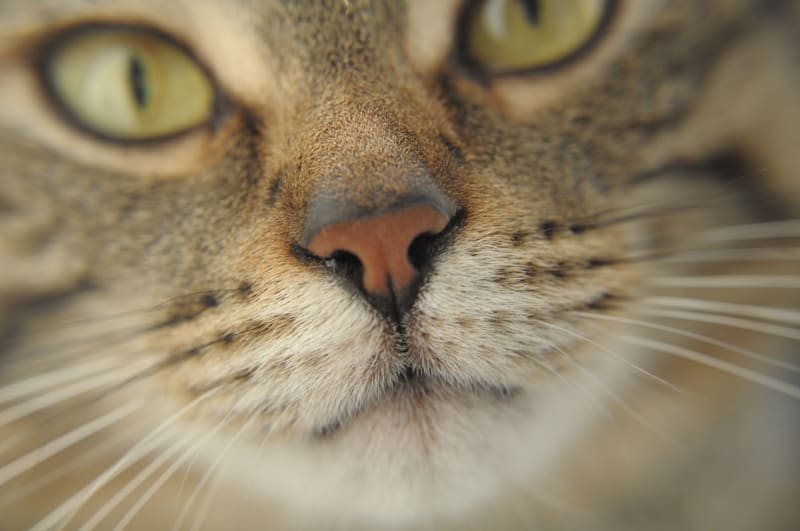
How Do I Know If My Cat Has A Nasal Tumor

Nasal Lymphoma In Cats A Guide Canna Pet

Lymphoma In The Cat Fact Sheet Davies Veterinary Specialists
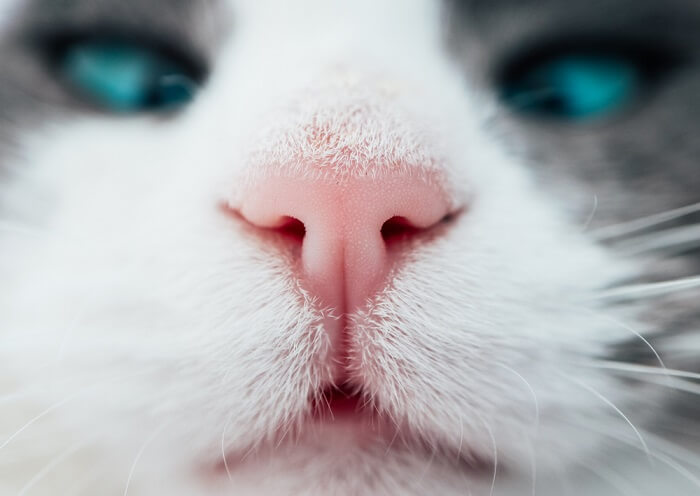
Nose Cancer In Cats Causes Symptoms Treatment All About Cats

Ocular Manifestation Of Lymphoma In Newly Diagnosed Cats Nerschbach 2016 Veterinary And Comparative Oncology Wiley Online Library
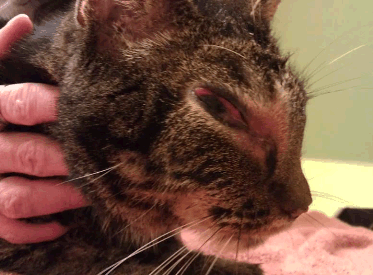
Feline Lymphoma Symptoms Store 57 Off Www Cremascota Com
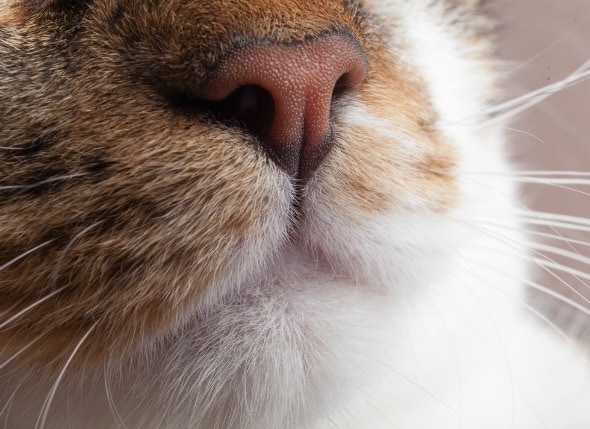
Nose And Sinus Cancer Squamous Cell Carcinoma In Cats Petmd
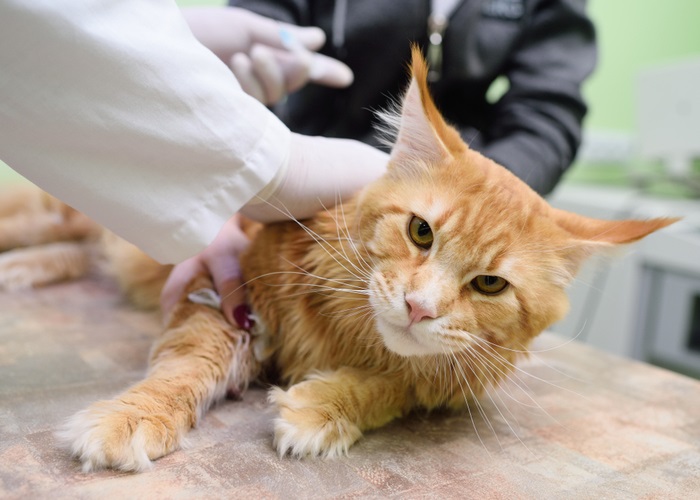
Lymphoma In Cats Symptoms Diagnosis Treatment All About Cats

Understanding Lymphoma In Cats

Lymphoma In Cats Veterinary Partner Vin

Facial Distortion And Epiphora In A Cat With A High Grade Large B Cell Download Scientific Diagram

Learn About Nasal Cancer In Cats Petcure Oncology

Nasal Lymphoma In A Cat Today S Veterinary Nurse

Understanding Lymphoma In Cats

Causes And Risks Of Cat Lymphoma And Leukemia Vlog 97 Youtube
